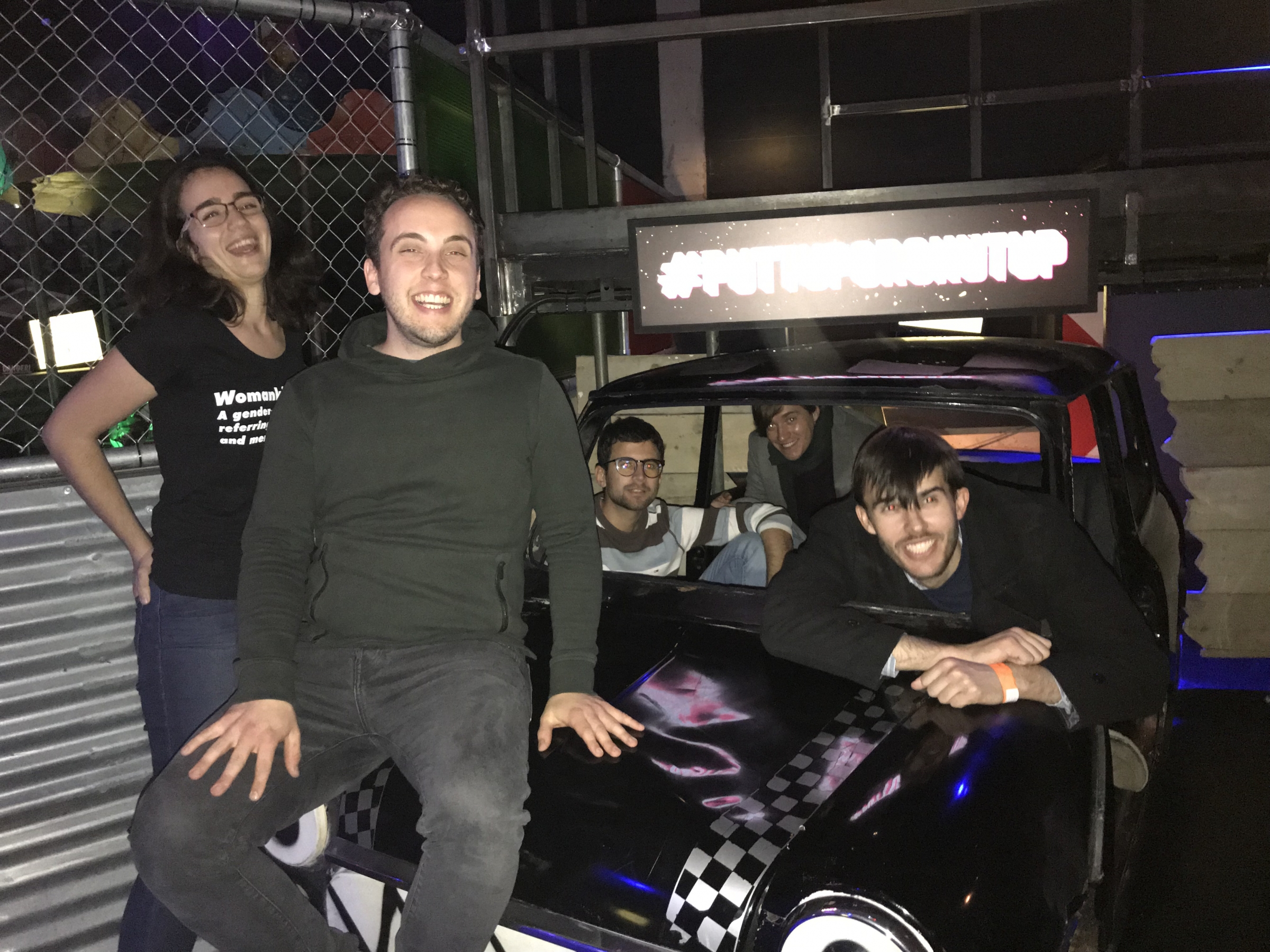Tonight, post-OPIG Group Meeting, most of us visited the local crazy golf course “Junkyard Golf” for some serious fun. Three groups of us teed off at different times, negotiating dimly lit Heath-Robinson/Rube Goldberg-style courses leading into bathtubs, past bears and through volcanoes. We’re not competitive at all (Serenity & Crunch) so it was a great surprise to learn at the end of our games that CW had won…
Monthly Archives: October 2018
What can you do with the OPIG Antibody Suite?
OPIG has now developed a whole range of tools for antibody analysis. I thought it might be helpful to summarise all the different tools we are maintaining (some of which are brand new, and some are not hosted at opig.stats), and what they are useful for.
Immunoglobulin Gene Sequencing (Ig-Seq/NGS) Data Analysis
1. OAS
Link: http://antibodymap.org/
Required Input: N/A (Database)
Paper: http://www.jimmunol.org/content/201/8/2502
OAS (Observed Antibody Space) is a quality-filtered, consistently-annotated database of all of the publicly available next generation sequencing (NGS) data of antibodies. Here you can:
docopt for dummies
Parsing command line arguments is an annoying piece of boilerplate we all have to do. Documenting our code is either an absolutely essential part of software engineering, or a frivolous waste of research time, depending on who you ask. But what if I told you that we can combine the two? That you can handle your argument parsing simply by documenting how your code works? Well, the dream is now reality. Continue reading
How to get seasick without leaving your desk
It’s always easy to get caught up in computational work, so let me describe a quick experiment you can do to relieve the boredom. Sit down in your spinny chair and cross your legs. (You do have a spinny chair, right? If not, get one – they prevent repetitive strain injuries, and more importantly, they are great fun. This experiment works best if the chair has no arms.) Start spinning that spinny chair until you feel like you’ve achieved a stable rotation. Then – smartly – stop the rotation and sit up straight. Continue reading
Preparing a five minute conference talk: an honest account
On 26 September I had the opportunity to give a short talk at the COSTNET18 conference in Warsaw. I’d never done anything like it before, which made it both exciting and a tiny bit terrifying. I thought I’d share how I prepared for it, in the hope that other conference newbies might find some of it useful, or at least funny.
20 July
I register for the conference, and apply to give a talk. I use a version of my paper draft abstract, to which I add a couple of introductory sentences. I submit successfully, but at the end of the day accidentally delete this version of the abstract from my computer. I guess if I need it, I just need to wait until the conference programme becomes available. #fail Continue reading

